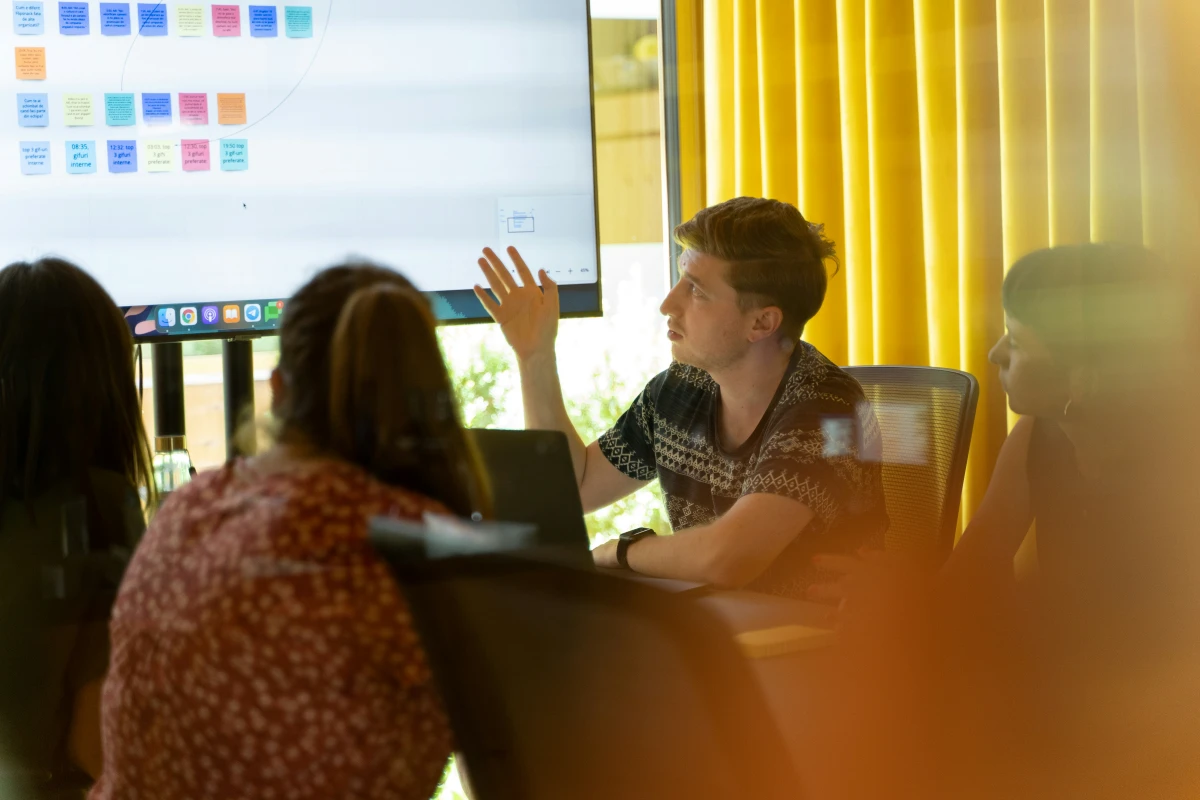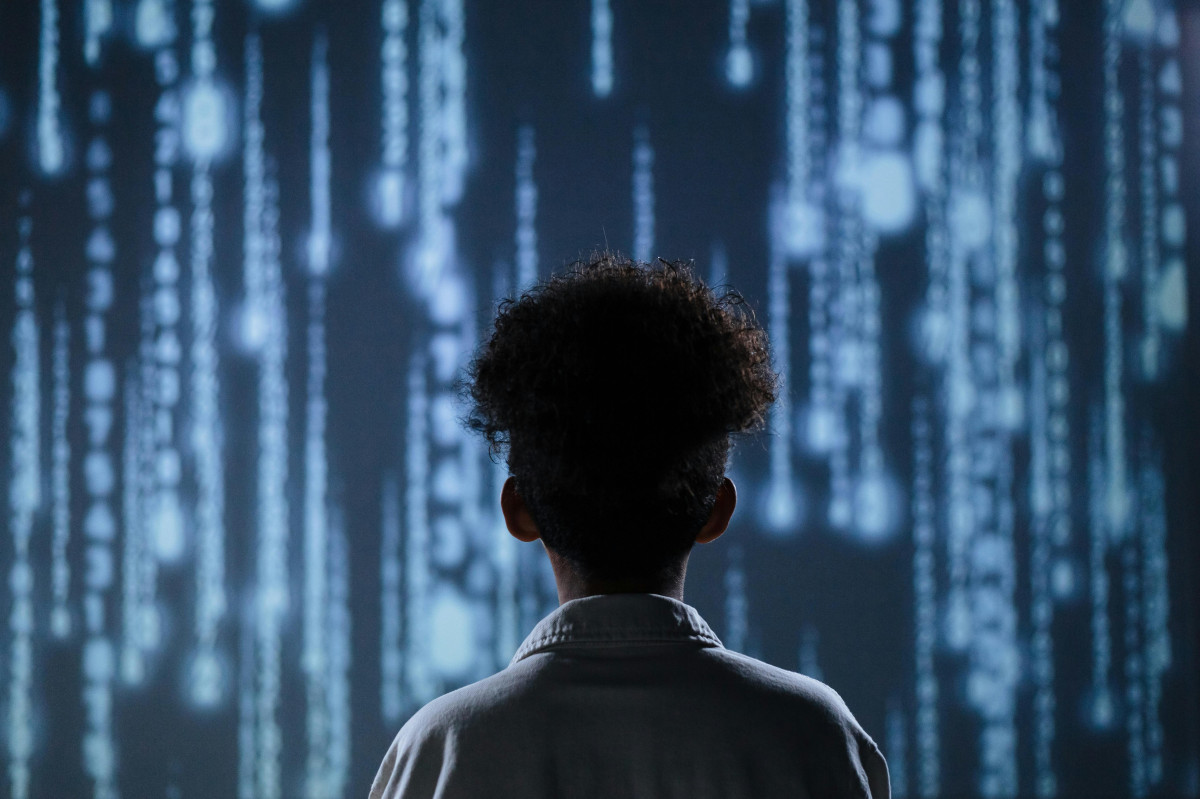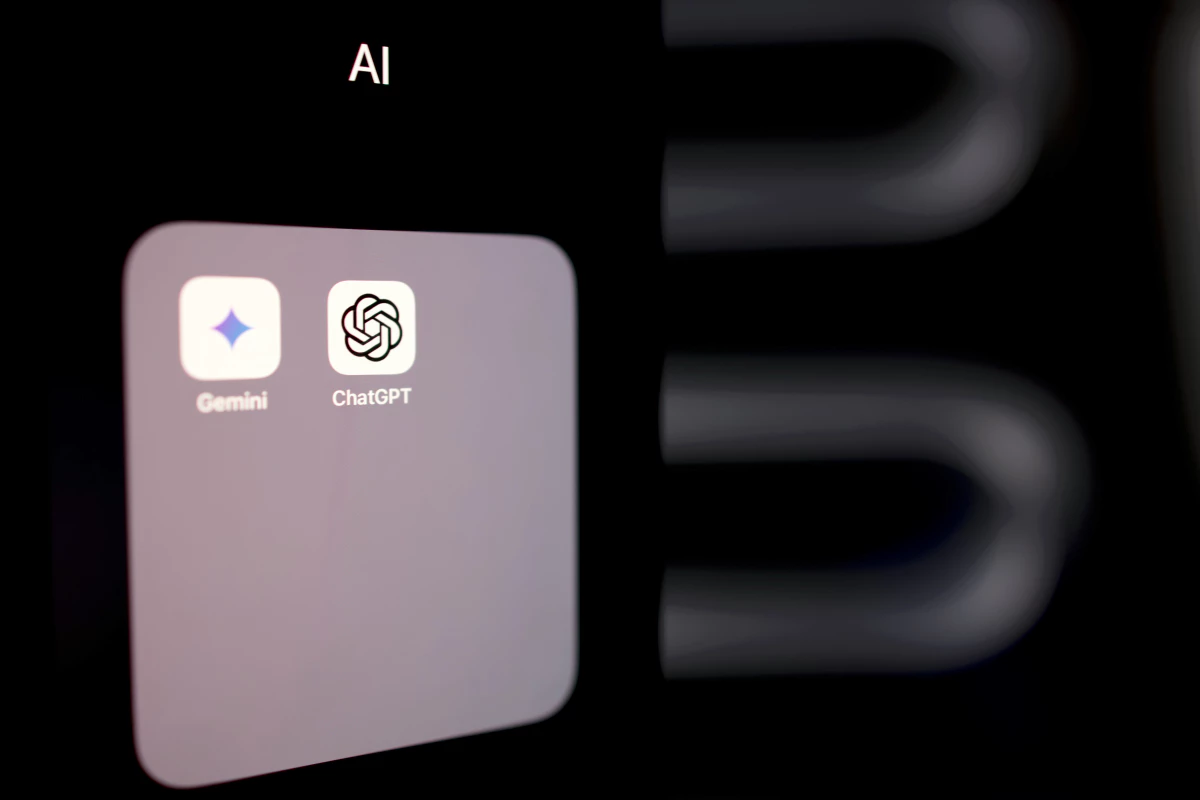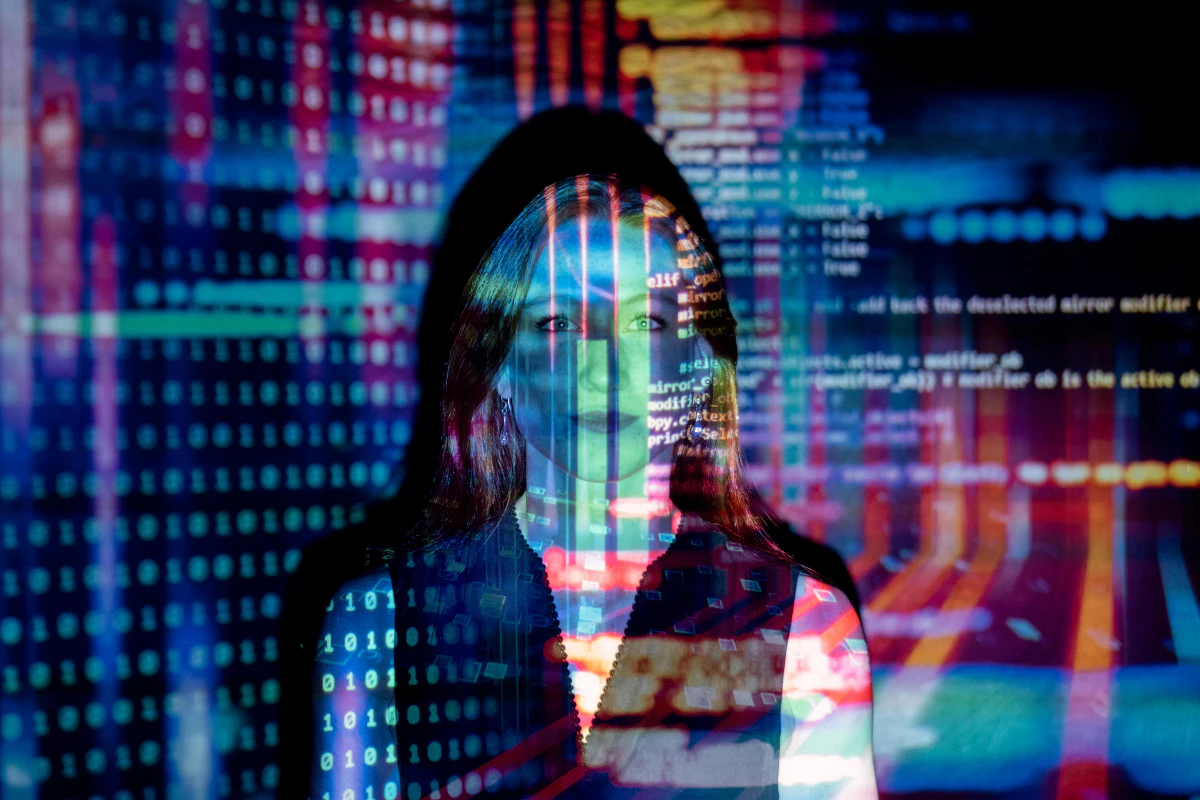
AI is rapidly transforming the world of artistic creation. As artificial intelligence (AI) becomes deeply involved in the creative process of music and art, new questions are being raised about how creators work and the meaning of art.
AI is already positioning itself beyond a simple tool, becoming a creative companion for some people. This change presents opportunities, but at the same time, it poses challenges to existing artists.
What is the impact of AI on artistic creation?
AI is transforming the creative process across various artistic fields including music, fine arts, and literature. Particularly in the music field, AI can now generate basic melodies in just 2 seconds, allowing creators to quickly experiment with various melodies. For example, AI tools like Suno can produce complete songs with just simple text input from users.

AI helps creators explore new styles and genres, providing creative inspiration that wasn't previously considered. It can also generate elements like album covers, posters, and promotional materials, contributing to the creation of comprehensive artistic works.
How Are Creators Collaborating with AI?
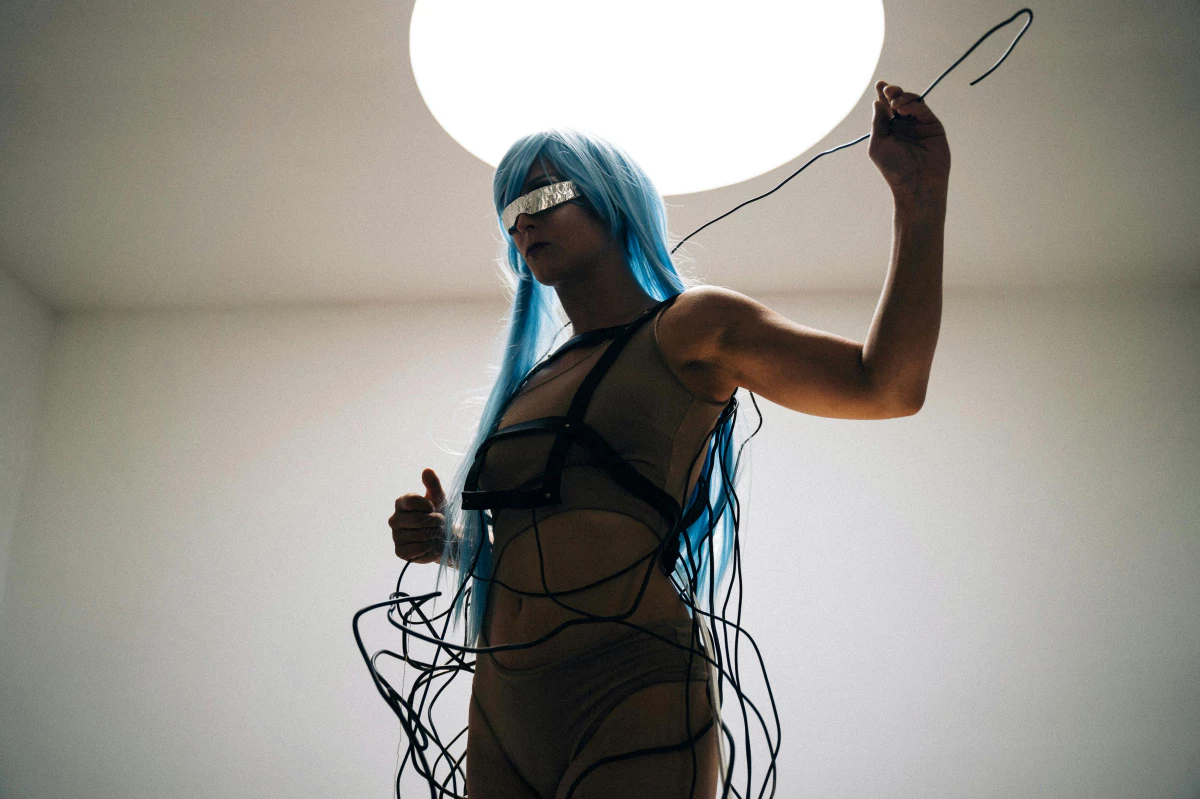
Many creators are streamlining their creative process by using AI as an assistive tool. When AI handles repetitive tasks, creators can focus on more creative aspects. In music, for example, AI can suggest various options for harmony composition or arrangement, and creators can select and develop the ones that align with their vision.
Additionally, collaboration with AI helps creators transcend existing limitations. Even creators with little experience have significantly reduced the time needed to build expertise for creating works with the help of AI, which is leading to the democratization of creation.
Negative Aspects of AI Creation

There are also negative aspects to the changes AI has brought to artistic creation. The biggest issue is copyright and ethical concerns. When AI generates works by mimicking a specific artist's style or voice, this can lead to copyright infringement or violation of publicity rights.
There is also an ongoing debate about whether AI-generated works can possess originality and artistic value. Some argue that AI cannot create truly artistic works because it cannot fully understand and express human emotions and experiences, and therefore AI-created art should not be protected by copyright.
Uncertainty exists regarding the role of AI within the music industry as well. As AI automates many aspects of music creation, concerns are being raised that some musicians' jobs may be threatened.
The Position of Arts Community Members on AI
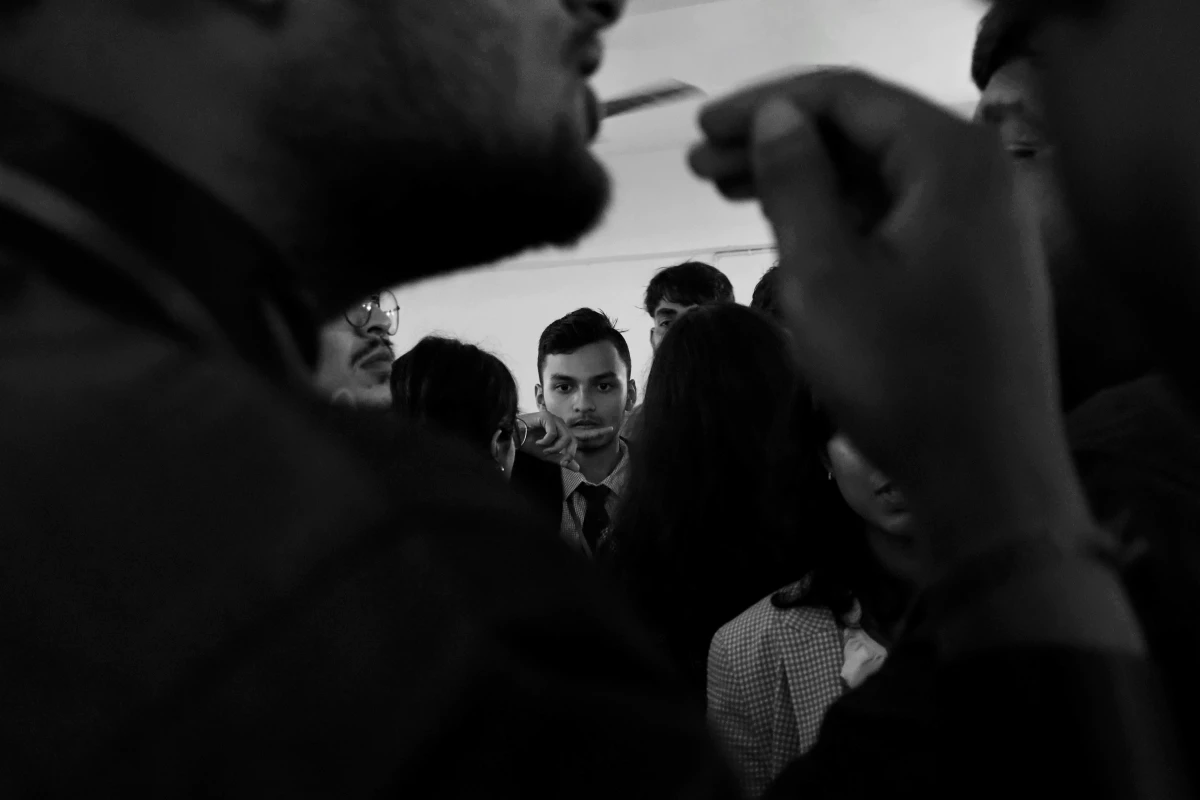
Artists in the field are showing various positions on AI. Singer Grimes has shown a positive attitude toward AI, allowing her voice to be used by AI. She has also provided opportunities for fans to create music directly through AI.
Meanwhile, Billie Eilish and around 200 other artists published an open letter expressing concerns that AI could infringe on creators' rights. They argue that unauthorized use of artists' voices or images by AI should be prevented.
The state of Tennessee in the United States has passed a bill called the "ELVIS Act," which legally prohibits AI from unauthorized use of artists' voices or images. This is a prime example of efforts to protect creators' rights in the AI era.
The Future of AI and Art
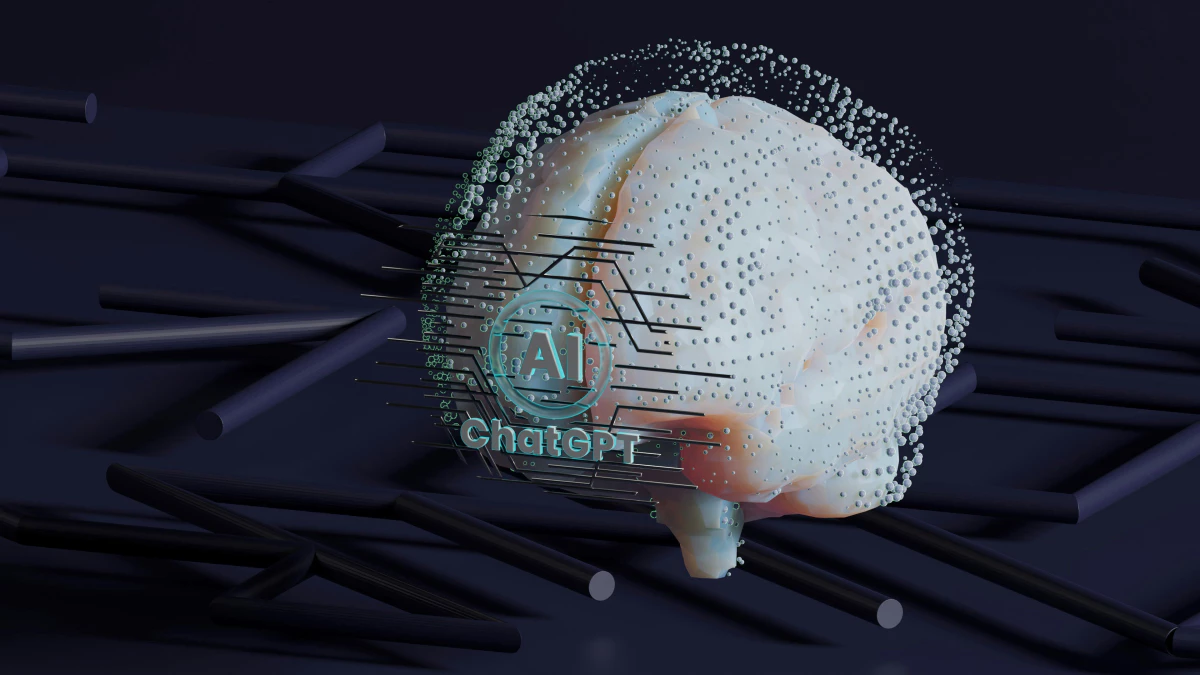
The relationship between AI and art continues to evolve. In the future, it seems clear that AI will further develop to establish itself as a powerful tool that complements human creativity. However, it is also true that this development requires clear guidelines and regulations to protect creators' rights and ensure the ethical use of AI.
Rather than rejecting AI, it might be better to integrate it into your creative process to explore new possibilities. After all, the dominant view is that AI is just a tool, and it's still up to humans to determine the final direction and meaning of creation.
Ultimately, finding a balance between AI and human creators will be important. We should develop in a direction that maximizes the technological possibilities of AI while acknowledging and preserving the value of the emotions and creativity that only humans can possess.

